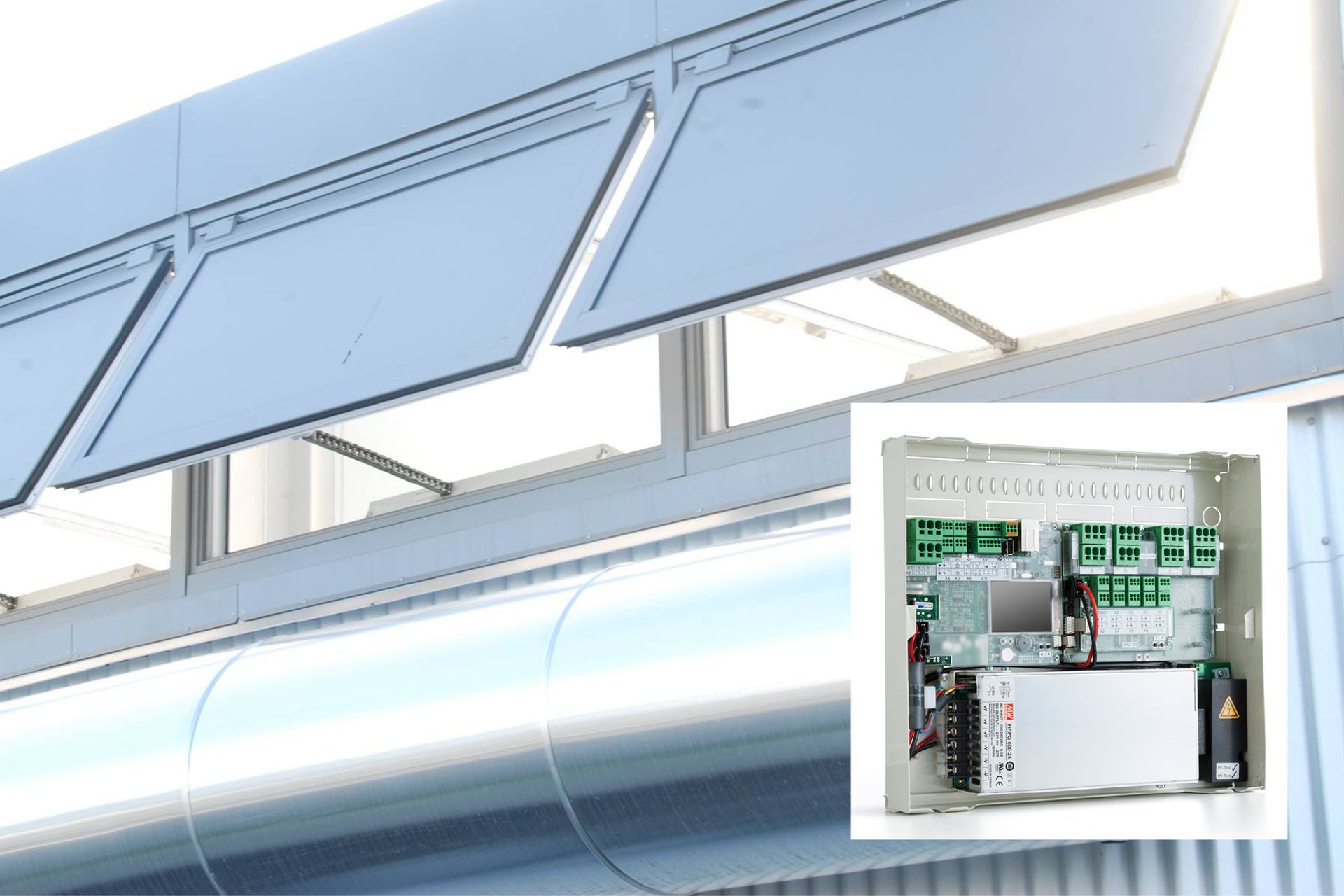Feeling a little hot under the collar?
Written by
25 May 2020
•
3 min read

The state of our indoor air quality is something that has gained much publicity over the last few decades with numerous studies being conducted into the effects a poor indoor climate can have on productivity and long term health.
Needless to say, the findings in some cases make for grim reading indeed with factors such as increased carbon dioxide levels, high levels of VOCs and gases from cleaners and solvents as well as furniture and paints, coupled with microbial contaminants all being linked to issues such as hypersensitivity, allergies, fatigue and even nausea; it’s enough to have you gasping for air.
Luckily, the solution is quite simple, says Peter Millard, Natural Ventilation Division Manager for EllisCo.
“Building managers and homeowners can make significant improvements to their indoor climate—while reducing their carbon footprint at the same time—by installing an automated natural or mixed-mode ventilation system.
“Such systems have been shown to not only improve indoor air quality but research shows that there are 50 per cent fewer carbon emissions from natural and mixed-mode ventilation systems in comparison to purely mechanical ventilation, thanks to the lower energy demand in buildings where natural and hybrid ventilation systems are in use.”
Both ventilation strategies are also easily incorporated into the renovation of existing buildings since they are ductless, allowing industry to optimise current building stocks and to benefit from lower ongoing building operating costs.

Fresh is best: the air that I breathe
Natural and mixed-mode ventilation systems have experienced wide-spread uptake all over the UK and Europe and the intelligence behind these ventilation strategies is continuing to evolve, leaving plenty of opportunity to implement the latest clean technology into the built environment, says Peter.
“These sustainable ventilation systems are proven to provide an indoor climate that promotes wellness and productivity. So, this is a great opportunity to provide employers and organisations with an indoor climate that helps them achieve their key performance goals, as well as aligning with green strategies designed to identify and manage energy consumption and the broader carbon footprint of the business.”

Natural and mixed-mode ventilation: for business or home
EllisCo has a range of ventilation systems from WindowMaster including NV Solo, NV Comfort and NV Embedded, all of which offer building management system (BMS) integration features, allowing the systems to be operated automatically.
“Tying the ventilation into the existing BMS increases functionality and also means it can be used in conjunction with smoke and fire systems and further linked to other services through the BMS,” says Peter.
“One of the benefits of linking the system to a BMS is that it allows for speed control of the actuators down to as slow as 1mm/s. The slower the actuator, the quieter it is, which can be important in situations where there are a high number of windows being controlled automatically—such as a hospital or school or other noise-sensitive environment.
“Override systems are still at work, which will allow manual operation of the system or in the case of fire.”
Peter says other peripherals are available also, including a range of sensors, which can also be linked to the BMS.
“Wind and rain sensors as well as temperature, humidity and CO2 sensors can all be wired to an existing BMS and zoned for multiple scenarios from full system open or close down to control of individual actuators.
Learn more about incorporating natural or mixed-mode ventilation into your next project.